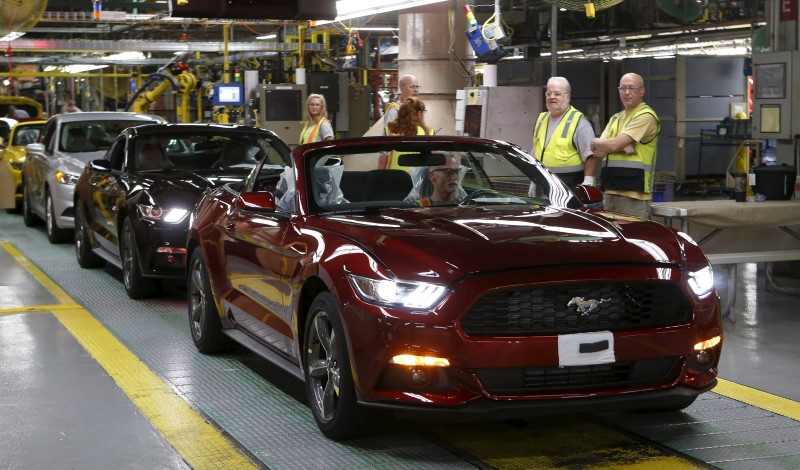WASHINGTON (Reuters) - U.S. nonfarm productivity unexpectedly rose in the third quarter as a decline in self-employed workers contributed to overall hours worked falling for the first time in six years, restraining labor-related production costs.
The Labor Department said on Thursday that productivity, which measures hourly output per worker, increased at a 1.6 percent annual rate after increasing at an upwardly revised 3.5 percent rate in the second quarter.
Manufacturing productivity increased at its fastest pace in four years, led by the durable goods sector.
Economists polled by Reuters had forecast productivity falling at a 0.2 percent rate last quarter after expanding at a previously reported 3.3 percent pace in the second quarter.
Despite the surprise rise in the third quarter, the trend in productivity remained weak. Productivity increased only 0.4 percent compared to the third quarter of 2014.
Economists blame softer productivity on lack of investment, which they say has led to an unprecedented decline in capital intensity.
While weak productivity has boosted employment growth as companies hired more workers to increase output, economists say it has contributed to stagnant wages and lowered the economy's speed limit. Economists say persistently anemic productivity could continue to limit wage growth even as the labor market approaches full employment.
In the third quarter, hours worked declined at a 0.5 percent rate, the first decline since the third quarter of 2009.
Unit labor costs, the price of labor per single unit of
output, increased at a 1.4 percent rate in the third quarter.
They had dropped at revised 1.8 percent rate in the second quarter, which was previously reported as a 1.4 percent pace of decline. Unit labor costs rose 2.0 percent compared to the third quarter of 2014.

Compensation per hour rose at 3.0 percent rate in the third quarter after increasing at a 1.7 percent rate in the second quarter. Compensation was up 2.4 percent compared to the third quarter of 2014.